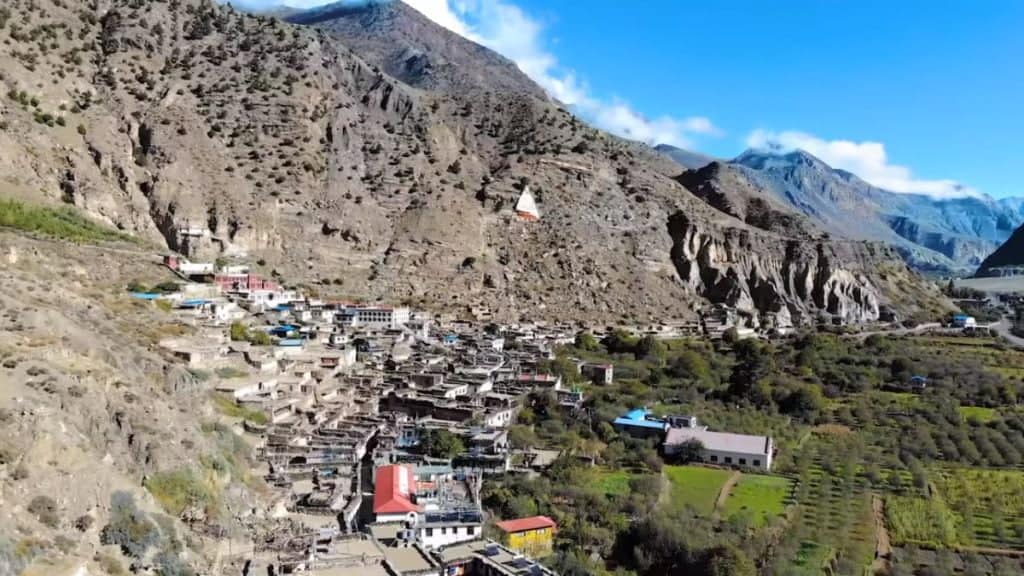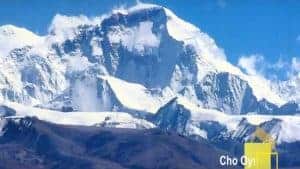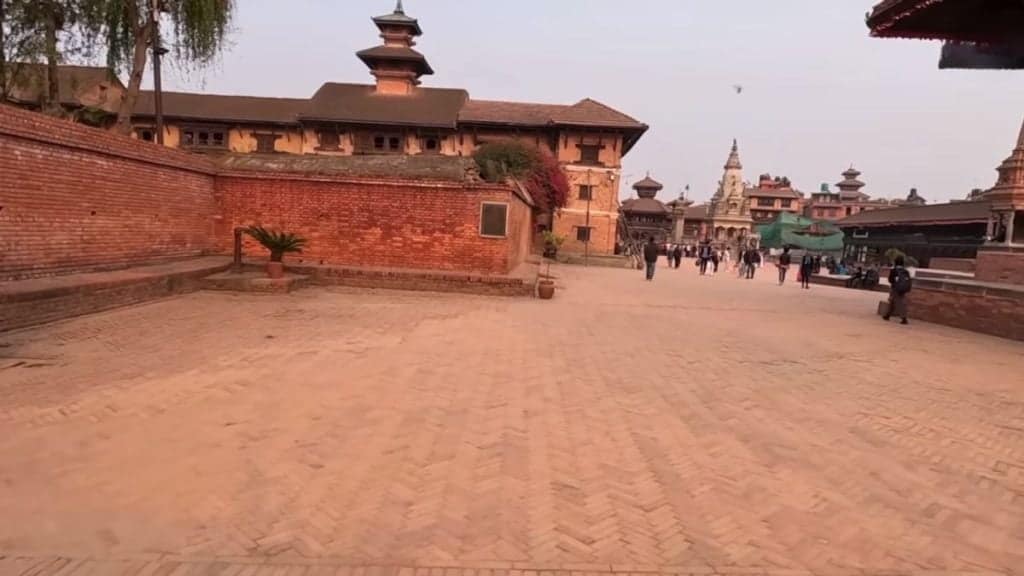Places to Visit in Nepal: Nepal is topographically the most dramatic country in the world. Trekking in Nepal is not just mountain ridges, but also lowland paddy fields, meadows and even eerie moss-covered forests such as this one in the Everest region. Nepal is such a festive country that it’s almost impossible for your visit not to coincide with some kind of annual event.
Nepal is a beautiful gift of Nature which is a small landlocked country located between China and India. Nepal is a land of natural expressiveness and a cultural diversity country.
10 must beautiful places to visit in Nepal
List of the most amazing and Beautiful Places to Visit in Nepal
- Mustang
- Muktinath Temple
- Cho Oyu
- Langtang
- Namche Bazar
- Rara Lake
- Swayambhunath
- Bhaktpur Durbar Square
- Ghandruk
- Chitwan National Park
Mustang

Dolpo’s neighbouring kingdom, Mustang, is reached by a long trek through the Kali Gandaki gorge and over the one, desperately high, southeast facing pass into Dolpo. In the capital, Manang, dominated by fortress walls, the central feature is the massive white-walled Royal Palace in which lives the world’s least-known monarch. Closed for many years, Mustang can now be reached on foot from Pokhara with guides and porters.
Muktinath Temple

One of many places of pilgrimage in these hills that line the kali Gandadai basin is Muktinath, Set at 3,800 m (12,460 ft), its eternal flame draws Hindu and Buddhist worshipers alike. Black ammonite fossils, thought of as the embodiment of the god Vishnu, are found in profusion and pilgrims travel long distances over rugged trails to collect these.
Cho Oyu

Valley in the shadows of Tibet’s Cho Oyu, one of the World’s highest mountains. The town, capital of the Sherpa community, is set on a small plateau at the foot of sacred 5,760-m (18,901-ft)-high Khumbila. Which stanches the long run of the Ngo-jumba glacier as it slides down from the base of Cho you. It is the focal point of everything that occurs in the Everest region. You can use Namche to approach Cho Oyu, either west up the Bote Kosi valley or north of Khumbila up the Dudh Kosi valley.
Langtang

Regarded as the most perfect alpine landscape in the world. The Langtang massif visible from Kathmandu – is right on the city’s back door. This five to six-day outward trek allows you to enjoy it in full with many hotels and eating places. It’s also one for the casual and not-so-hardy trekker. However, to extend the trek from Langshisa Kharka to Langtang glacier you must be well-equipped and in excellent physical condition.
Namche Bazaar

Namche Bazaar is well above Lukla. There is also a 4,000-m (13,000-ft) high airfield nearby at Syangboche were guests of the Everest View Hotel alight. Each bedroom in this hotel is equipped with oxygen. The Sherpa Village of Namche Bazaar, the main gateway to Everest, glows at night.
RARA Lake

The lake is the kingdom’s largest body of water, covering 10 sq km (four square miles) almost 3,000 m (10,000 ft) above sea level. Snow lingers here as late as May and June but is crystal-blue waters are the haven to a treasury of hardy avian visitors, particularly mallards, pochards, grebes, teals and other species from the north. The park itself occupies a total of 104 sq km (40 sq mi). Alpine meadows line the lake shores and fields of millet and wheat are flanked by pine forests.
Swayambhunath
The Stupa of Swaymbhunath looks down from the top of a 100-m (350-ft)-high hill in the west of the city. The rays of the rising sun setting fire to its burnished copper spire as it floats above the sea of early morning mist that fills the valley. Buddha’s all-seeing eyes, in vivid hues, adorn all four sides of the base of the spire, keeping constant vigil over Kathmandu. Many believe this sacred ground protects the divine light of Swyambhunath. The Self Existent One who, when the waters drained from the valley, emerged as the flame from a lotus blossom atop this hill.
Durbar Square
You might consider pausing and taking a deep breath before entering Durbar Square. You are about to enter a living museum, a miraculous cluster of pagodas, temples, carved windows and timbered gables. Statues of man and beast and gods and goddesses, in a happy collision of styles. The result is an organic devotional growth that is quite unlike anything else in the world. Perhaps it’s only equal are those few kilometres away in Patan and Bhaktpur.
Bhaktpur Durbar Square


